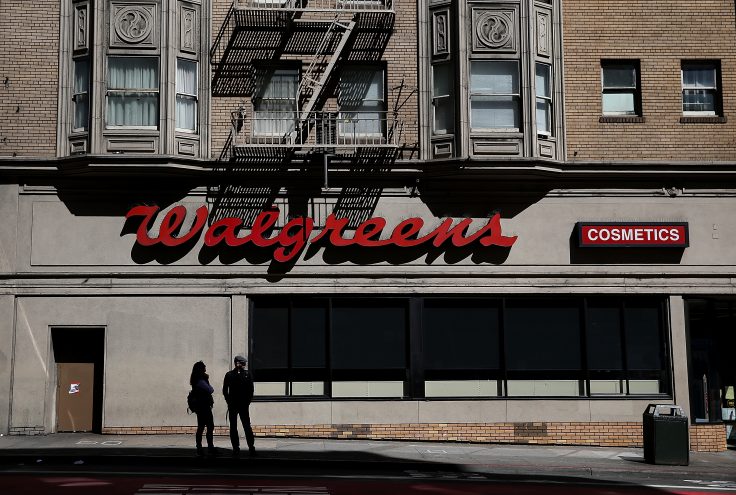More than 50,000 residents left San Francisco last year, the highest population decrease of any major U.S. city.
Between July 2020 and July 2021, 54,813 people exited the Bay Area—a 6.3 percent decline resulting in San Francisco's smallest population in a decade. High housing costs, rising crime, and rampant public vagrancy likely fueled the exodus, as residents have soured on the Golden City's liberal leadership.
Voters in a June recall election ousted radical prosecutor Chesa Boudin for his soft-on-crime approach. Two-thirds of Asian Americans opposed Boudin, spurred on by his failure to quell attacks against seniors in their communities.
Driven by worries over public safety, a majority of Bay Area voters disapprove of Democratic mayor London Breed, according to a June San Francisco Examiner poll. Breed slashed the city's police budget by $120 million in 2020 in the wake of George Floyd’s death but reversed course 18 months later, making an emergency request to beef up law enforcement funding as crime soared.
The homicide rate in San Francisco has shot up 37 percent in the past two years. A retail theft wave garnered national attention last year, following California’s move to lessen penalties for shoplifting. Seventy percent of San Franciscans think their quality of life has declined, and 88 percent believe homelessness has worsened in recent years.
Rising housing costs are another major factor being cited for the decline. Some blame the zoning policies of the liberal city for inflating the cost of living, exacerbating homelessness.
Other liberal-run, large cities grappling with crime and homelessness have seen substantial declines in population as well. The 15 fastest-growing U.S. cities sit in states run by Republican governors. And some San Francisco-based companies are fleeing California for red states.
